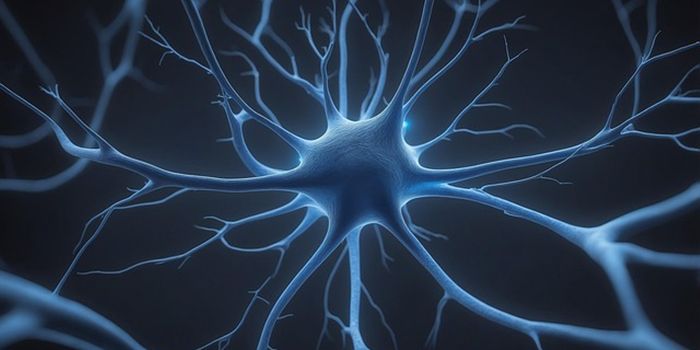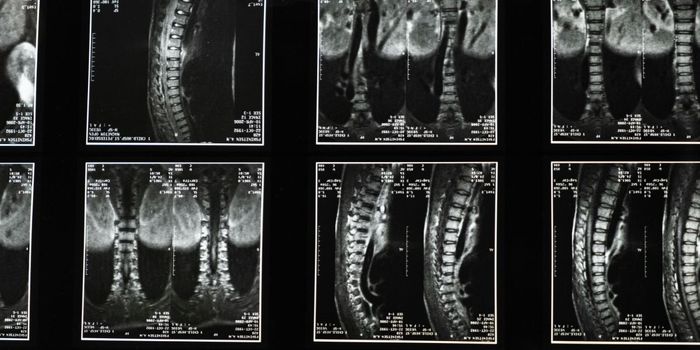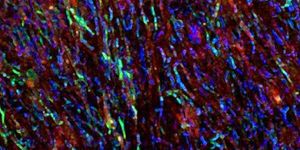Can Brain Fold Patterns Predict Psychosis?
While it's a famous slogan and not meant to be taken verbatim, in neuroscience, it's often true that "Image is everything." A recent study of MRI images of the brain and how cortical tissue folds, suggests that predictions can be made about a person's mental health based on brain shape and structure.
Researchers from Western University and Lawson Health Research Institute in London, Ontario partnered with scientists at the University of Basel in Switzerland to see if patients who are at high risk for developing full-blown psychosis, can be identified in the early stages of the disease. MRI scans were collected from patients who were in the midst of a "first episode" of psychosis, and compared to images from healthy controls and those who were healthy, but had a high risk of developing a psychotic disorder based on family history. The goal is that if patients can be identified before a mental health disorder becomes problematic, then treatment is more effective and they may not go on to become seriously ill.
Dr. Lena Palaniyappan is an associate professor at Western's Schulich School of Medicine & Dentistry and Robarts Research Institute and an associate scientist at Lawson Health Research Institute. She led the work and explained, "We not only know that early intervention works but many interventions for psychosis work only if they are given early enough. If we can identify patients early, before they drop-out of schools or lose their jobs due to a psychotic episode, we can reverse the trajectory of this illness."
The study, which was published in the journal JAMA Psychiatry, looked at MRI images and data from 161 study participants in Switzerland who were recruited from the area surrounding the University of Basel. There were 44 healthy control subjects, 38 patients with first-episode psychosis (characterized by brief hallucinations or delusions), and 79 people with an increased risk of psychosis, based on family history and other criteria. The researchers followed the participants for four years after the study began, to track which ones went on to develop illnesses like bipolar disorder and schizophrenia.
Tushar Das, a postdoctoral fellow in Dr. Palaniyappan's lab and a co-author on the work. He stated, "Currently there is no tool available for clinicians to pinpoint which of those who are at risk, will go on to develop psychosis. Our end goal is to apply this to the clinic. Our idea would be to identify these patients before they fall into a psychotic illness." Das also stressed that while the incidence of psychosis-risk symptoms is about 1 in 7 young people, only about 1% of those who experience psychotic symptoms will go on to develop schizophrenia or other mental health disorders.
The folds of the brain, the technical term for which is "gyrification," are much more folded and twisty in humans than in other mammals. Elephants and dolphins have larger brains than humans, but ours have deeper and more intricate folds. The reason is that humans are more highly evolved and the folds are a way for messages to be transmitted around different areas of the brain. Folds in a human brain are usually complete by the age of two. In the study, there was an 80% accuracy rate between the researchers' predictions of psychosis and the number of patients studied who went on to develop psychosis. Check out the video to hear from the team and see how their study will be used in treating mental illness.
Sources: Western University, JAMA Psychiatry,









